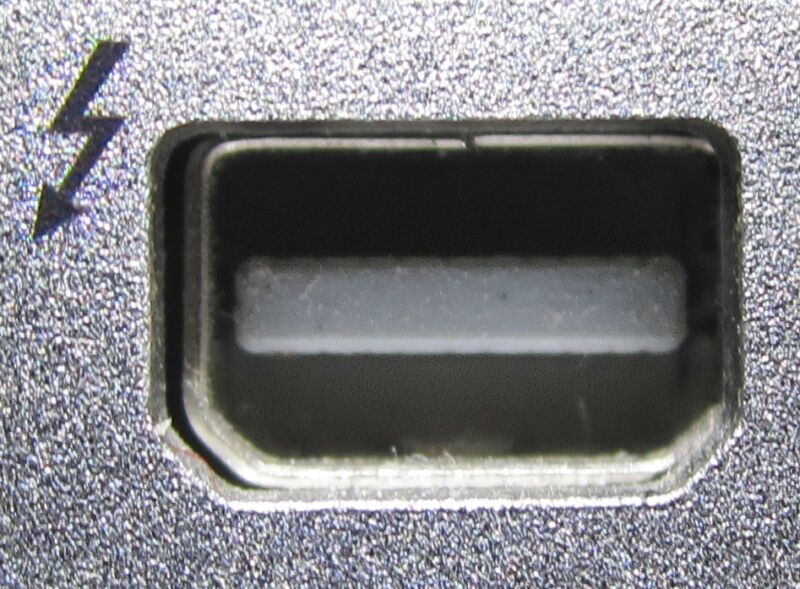Thunderspy: What it is, why it’s not scary, and what to do about it

Enlarge (credit: Haotian0905)
There's a new attack that uses off-the-shelf equipment to take full control of a PC-even when locked-if a hacker gets just a few minutes alone with it. The vector is a familiar one: the Thunderbolt ultrafast interface connects graphics cards, storage systems, and other peripherals to millions of computers.
The hack, which took years to develop, is elegant. Its adept mix of cryptanalysis, reverse engineering, and exploit development punches a major hole in defenses that Thunderbolt creator Intel spent considerable time and resources to erect. Ultimately, though, the technique is an incremental advance in an attack that has existed for more than a decade. While the weakness it exploits is real and should be closed, the vast majority of people-think 99 percent-shouldn't worry about it. More about that later. For now, here are the bare-bones details.
Accessing Memory LaneThunderspy, as its creator Bjorn Ruytenberg has named the attack, in most cases requires the attacker to remove the screws from the computer casing. From there, the attacker locates the Thunderbolt chip and connects a clip, which in turn is connected to a series of commodity components-priced about $600-which is connected to an attacker laptop. These devices analyze the current Thunderbolt firmware and then reflash it with a version that's largely the same except that it disables any of the Intel-developed security features that are turned on.
Read 26 remaining paragraphs | Comments